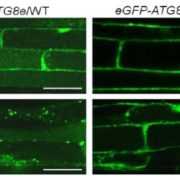
Family Chores: TRAF-Family Proteins Help Recycle Cellular Rubbish by Regulating Autophagy Dynamics
Research, The Plant Cell: In Brief0 Comments
/
IN BRIEF by Jennifer Lockhart [email protected]
Plant cell components that are no longer needed are degraded in the vacuole, but they don’t get there by magic. Sack-like double-membrane structures called autophagosomes engulf this cellular rubbish and neatly transport it to the vacuole for degradation.…
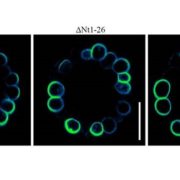
Threonine Phosphorylation Regulates Polar Localization of the Boric Acid Transporter NIP5;1 in Root Cells
Research, The Plant Cell: In BriefIN BRIEF by Gregory Bertoni [email protected]
Proper localization of proteins in the plasma membrane is critical for proper functioning of plant cells, but the underlying mechanisms are poorly understood (Łangowski et al, 2016). This is especially true for transporter proteins that move necessary…

A Kinase- and Proteasome-Mediated Link Between Lipid Biosynthesis and Energy Homeostasis
Research, The Plant Cell: In BriefIN BRIEF by Nancy R. Hofmann [email protected]
The economy of living cells includes energy production, energy utilization, and energy storage. Thus, a plant’s energy budget must connect the decision to produce lipids (for energy storage) with its overall energy status. Energy sensor kinases, such…
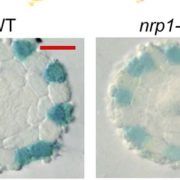
A Histone Chaperone and a Specific Transcription Factor Modulate GLABRA2 Expression in Root Hair Development
Research, The Plant Cell: In BriefIN BRIEF by Jennifer Mach [email protected]
To navigate its essential function of producing mRNAs, RNA polymerase II (Pol II) must navigate the thread of DNA, which winds around thousands of nucleosomes. If you’ve ever tried to use a sewing machine but got your bobbin thread tangled, then the task faced…
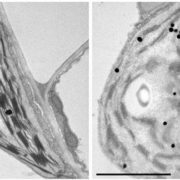
Photodamaged Chloroplasts Are Targets of Cellular Garbage Disposal
Research, The Plant Cell, The Plant Cell: In BriefIN BRIEF by Gregory Bertoni [email protected]
Autophagy, or "self eating," is the process cells use to consume unwanted intracellular structures such as damaged organelles, excess membranes, and unneeded cellular proteins (Mizushima and Komatsu, 2011). Typically, the unwanted structure becomes surrounded…
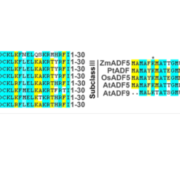
Loose-Knit Family: Tracing the Evolution of Actin Depolymerizing Factors that Sever or Join the Actin Cytoskeleton
Research, The Plant Cell, The Plant Cell: In BriefIN BRIEF by Jennifer Lockhart [email protected]
The interior of a plant cell is supported by the actin cytoskeleton, a complex network of yarn-like fibers whose form changes as the cell develops, grows, and divides. Actin fibers readily come apart (sever) and join back together, depending on the…

Basal vs. Non-basal Polarity: Different Endomembrane Trafficking Pathways Establish Different Patterns
Research, The Plant Cell, The Plant Cell: In BriefIN BRIEF: Nancy R. Hofmann [email protected]
Plant development and responses to the environment hinge on the ability to target proteins to different areas of the plasma membrane within a cell. Indeed, the establishment of polar distributions of proteins such as PIN auxin transporters is among the…
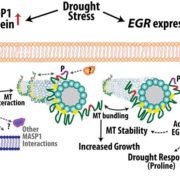
Fine-tuning plant growth in the face of drought
Research, The Plant Cell, The Plant Cell: In BriefIN BRIEF by Kathleen L. Farquharson [email protected]
Limiting shoot growth is an important survival strategy for plants during times of drought; smaller leaves mean that less water is lost through transpiration and more is retained in the soil. As drought stress restricts both cell division and…
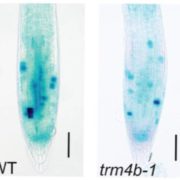
More than Window Dressing: Revealing 5-Methylcytocine Patterns that Decorate Arabidopsis RNA
Research, The Plant Cell, The Plant Cell: In BriefIN BRIEF by Jennifer Lockhart [email protected]
DNA is sculpted by several types of epigenetic modifications with profound effects on gene expression, development, and stress responses. Much less is known about the more than 100 chemical modifications shaping plant RNA, a topic explored in the newly…

